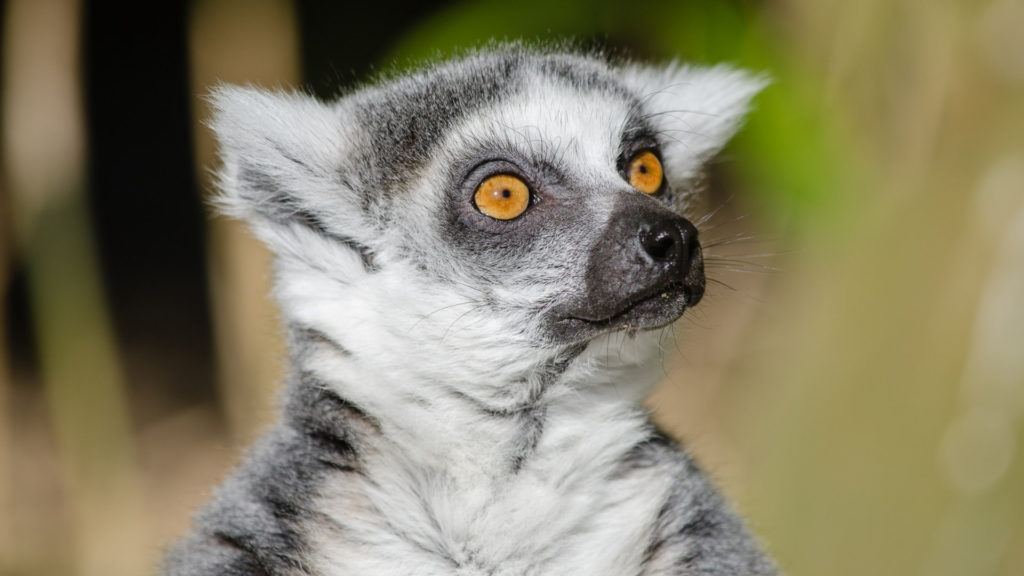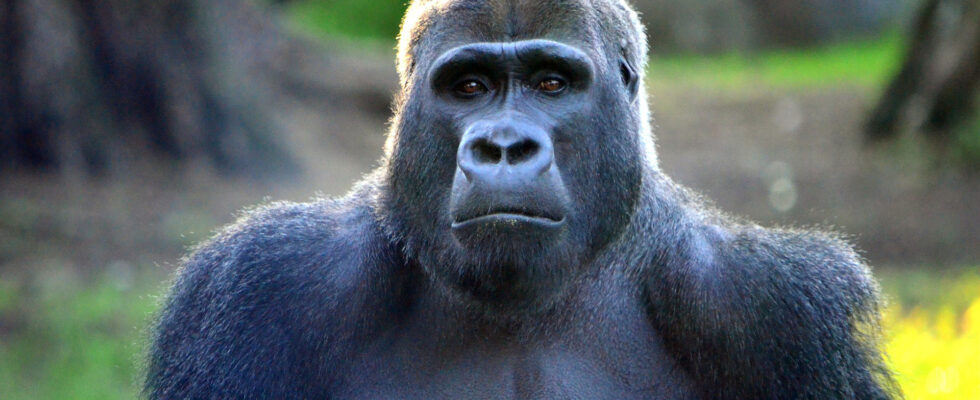Humans are part of the primate group. In this article from The Conversation, however, we delve into the twists and turns of the classification of living things.
In these times of biodiversity crisis and questions about living things, the old question of man-animal duality is, it seems, still relevant. Even if the “really” in the question suggests that ultimately the separation is not that deep.
On the level of biology, even zoology, it should be noted, the paradox has long been resolved. Man is an animal. He cannot therefore separate himself.
The question is therefore no longer of a scientific nature, but philosophical and sociological. The fact remains that for most of us the scientific answer does not matter as the terms are so connoted. To assert that man is an animal has little weight. Would the assertion be accepted that the question would become: what distinguishes humans from other animals?
A classification of humans among primates
For centuries, the biological characteristics of humanity have all been integrated into the panorama of traits of living beings in general and animals in particular. And yet, man has almost always stood out from the rest of the living world. An entire tradition of philosophical and spiritual reflection is opposed to the unitary vision of biological science.
This is the great problem that Linnaeus in the 1VIIIe century believed to resolve definitively. In his Systema Naturae including the 10e edition dating from 1758 is considered the starting point of modern zoological nomenclature, man, genus Homo, is classified, among animals, in the order of Primates – the “first”, noblesse oblige –, but in the company of three other genera: Simia (monkeys), Lemur (lemurs including, for Linnaeus, the galeopithecus, a small gliding arboreal mammal from Indonesia) and Vespertilio (bats).

This choice is significant and makes Linnaeus a pioneer who, in a certain way, went beyond the concepts of the majority of his successors of the 19th century.e century. In fact, in 1910, once biology had become evolutionary, the anatomist William K. Gregory named Archonta a group bringing together primates (monkeys, lemurs, man), bats (order Chiroptera), Galeopithecus (order dermoptera) to which are added insectivorous mammals unknown to Linnaeus, the toupayes (arboreal mammals of Asia).
Man was not only a member of the Primates, but also a member of the Mammalia (all these terms are due to Carl Von Linnaeus). We can go back up the classification hierarchy and include man in the amniotes, in the vertebrates, in the animals. Animals, that is to say in the classifications the kingdom Animalia, today called Metazoa (a word which means all animals) – the two terms are synonymous.
Metazoa’s term, with its undeniably scientific sound, does not offend any ears. To say that man is a metazoan shocks no one. Saying that it is a metazoan because it is multicellular and has a protein which structures the link between cells – collagen – is a matter for specialists and invariably prevents any philosophical breakthrough. No sensitivity there. An animal is something else, isn’t it?
Others wanted to place humans outside the animal kingdom
Linnaeus in his own way was a revolutionary. His successors worked to undo the regrouping of the Primates. In 1861, the French naturalist Armand de Quatrefages classified man alone in the “human kingdom”, characterized by the “human soul”, taking up a suggestion made more than forty years earlier by the Lamarckian agronomist Charles-Hélion de Barbançois: classify the man in a separate kingdom, the “moral kingdom”.
Quatrefages focused as much on reflecting on the unity of the human species as on analyzing the singularity of its components. For Quatrefages, as a positivist scholar, that is to say one who sticks to the facts, the notion of Kingdom (the highest of the categories of the classification) imposes itself on the human mind: the characteristics which define the man are obvious and are not linked to any hypothesis or theory.


The human soul, different from the animal soul, would be a pure fact of observation. Previously, the German anatomist Johann Friedrich Blumenbach and the French anatomist Georges Cuvier contrasted man alone (order Bimana) with other primates (order Quadrumana). The German naturalist JC Illiger had classified man alone (the only one to be standing) in the Erecta, while the British anatomist Richard Owen, resolute opponent of Darwinism, made him the only representative of the Archencephala, a notable introduction of the brain as a human specificity .
It can be noted, however, that with the exception of Quatrefages, all the other authors cited subordinate the human species to the animal kingdom and the class of mammals. We clearly understand the difficulty of these distinguished anatomists who, well aware of the morphological and physiological characteristics which, while perfectly integrating man into mammals, were irrepressibly tempted, also as believers, to oppose him to the rest of creation.
“The wise man” — Homo sapiens
The anatomist, the one who decides, is indeed the man, Homo sapiens (“the wise man” whom Linnaeus did not name as such by chance). We will therefore have understood that these taxonomic assertions aim to place Homo sapiens apart, according to traits specific to it, from the psyche to bipedalism, and not to identify a sequence of characters shared by man and different animals.
Whether man is opposed to the rest of the animal kingdom or to his closest animal relative amounts to the same thing. In 1957, an evolutionist such as Julian Huxley took the example of the classification of man to illustrate his concept of “evolutionary grade”. Man’s intellectual activity is such that it is sufficient for him to conceive an unprecedented ecological niche. The human brain would place man, alone, at the level of the highest of categories, the kingdom: the kingdom of Psychozoa.
We know that the closest living relative of man (Homo) is the chimpanzee (Pan). In the 1960s, the first classifications including the two genera in the family Hominidae caused a scandal. The family picture was degraded, spoiled, destroyed.
7 million years of evolution
Molecular biology tells us that humans and chimpanzees are almost genetically identical. But it’s a complete waste: we easily recognize a man from a chimpanzee. We should say: we easily recognize the two animals. The blue whale and the shrew are also animals, and even mammals, certainly very distinct. Their differences are infinitely greater than those between man and chimpanzee, but they are not important to us as wise men. Philosophically speaking, they are not what concerns us. Anthropocentrism is obvious. In fact, after hundreds of millions of years of animal evolution, the human and chimpanzee lineages split about 7 million years ago.


Seven million years of evolution are responsible for the existence of humans and chimpanzees on the surface of the planet. And nothing else.
Man is steeped in animal characteristics from the amniotic fluid in which the embryo bathes, recalling the aquatic origins of animals, to the mental eminence which projects at the front of the lower jaw (the great osteological invention of humans! ) through all the traits of vertebrates, tetrapods, mammals and primates. Man is just an animal like any other and different from all others as are all animal species from each other.
Can we be satisfied with such an assertion? Everyday words are full of meaning and contradictions. The verb persists, tenacious. Despite the ideology and the loss of scientific reference points, we will not have the bad grace to complain about it since the word, after all, is one of the characteristics of Homo sapiens, at least in current nature.


Pascal Tassy, Professor, paleontologist, paleomammology, National Museum of Natural History (MNHN)
This article is republished from The Conversation under a Creative Commons license. Read the original article.
If you liked this article, you will like the following: don’t miss them by subscribing to Numerama on Google News.
